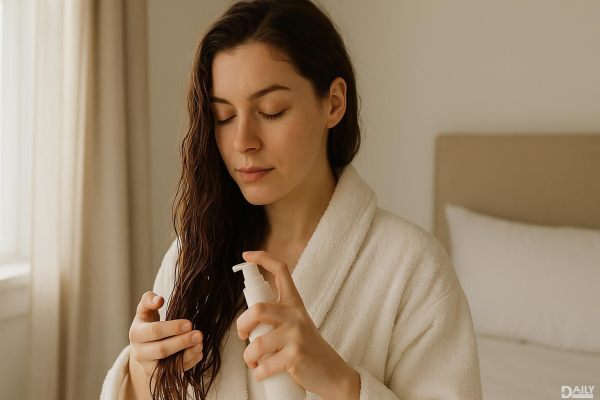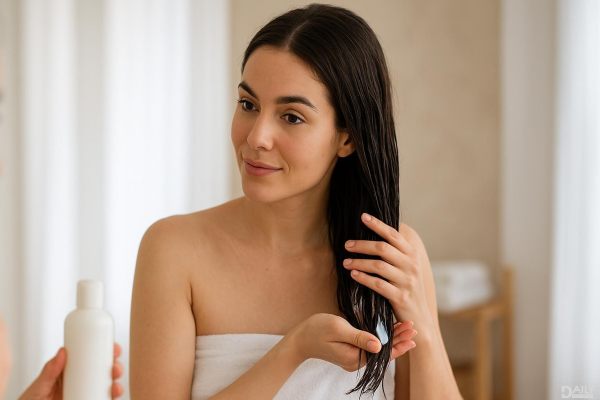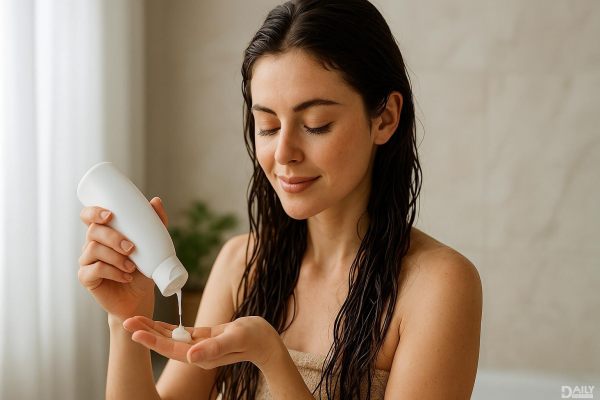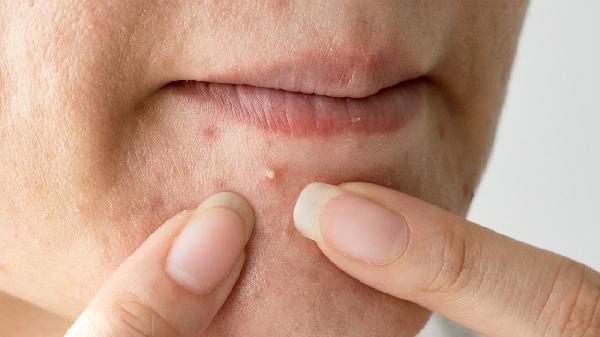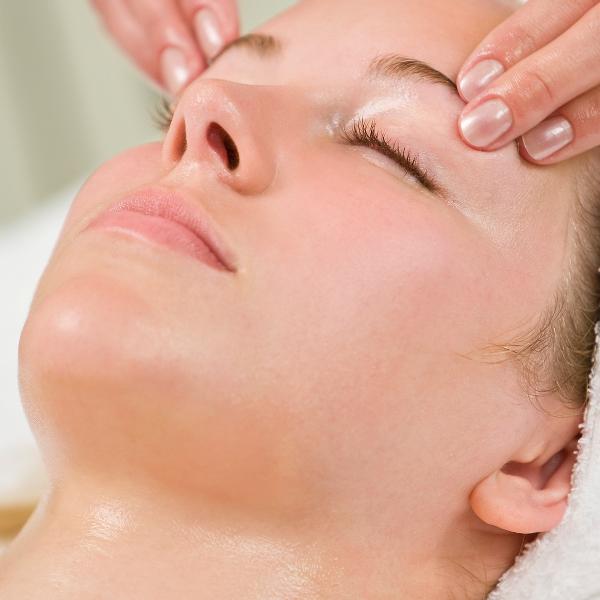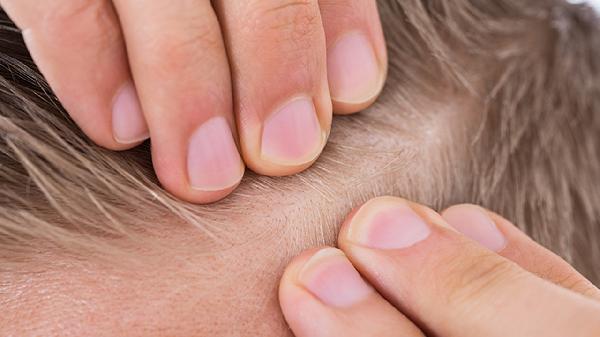If you're staring at your hairbrush and comb like they're some kind of ancient relics with mysterious powers, you're not alone. The truth? Both tools have their place in your haircare routine, but which one wins the crown depends on your hair type, texture, and what you're trying to achieve. Brushing is generally better for detangling thick or wavy hair, while combs reign supreme for precision styling and wet hair care. But let's not jump ahead—this hair showdown deserves a deep dive.
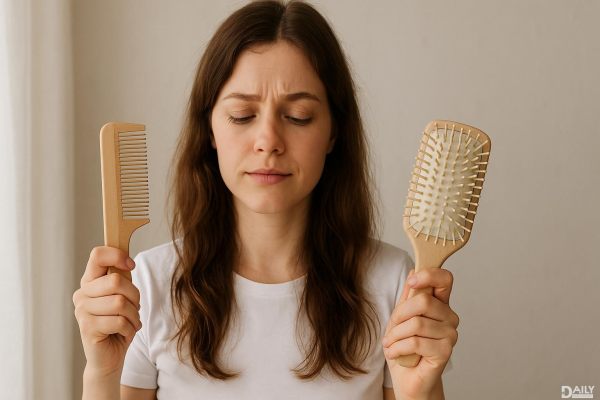
Picture this: you just stepped out of the shower, your hair's a sopping wet nest, and you're reaching for... what exactly? Grab the wrong tool and you might as well be playing hair roulette. Wide-tooth combs are the undisputed champs for wet hair—they glide through strands with minimal breakage because they don't pull at your roots like brushes can. The secret? Those generous spaces between teeth reduce tension on fragile, water-logged hair. Meanwhile, brushes with flexible bristles work magic on dry, thick hair by distributing natural oils from root to tip while working out knots. Pro tip: If you've got curly or coily hair, always opt for a comb when wet and save the brush for dry detangling sessions.
Your hair's personality determines which tool belongs in your hall of fame. Fine-haired folks should swear by combs—they're gentle enough to prevent snap-happy disasters. The paddle brush brigade? That's for my thick-haired warriors who need something sturdy to battle their daily mane struggles. And for you curly queens out there, listen up: a wide-tooth comb is your ride-or-die, especially when used with conditioner in the shower (the "combing under water" technique is a game-changer). Wavy-haired people get the best of both worlds—a comb for wet hair, a boar bristle brush for dry styling and shine enhancement.
Beyond basic detangling, these tools have secret superpowers. That humble comb you've had since middle school? It's actually a scalp massage wizard when used in gentle, circular motions—hello, increased blood flow and hair growth stimulation. Brushes pull double duty as oil distributors, which is why they're perfect for reviving second-day hair or giving limp locks a natural boost. Ever notice how your blowout looks salon-fresh when your stylist uses a round brush? That's not magic—it's tension and airflow working together to create volume and smoothness that combs can't quite match.
Think of your hair tools like kitchen gadgets—you wouldn't use a blender to stir coffee. Morning routines call for brushes to redistribute oils and smooth flyaways, while nighttime is prime comb territory for gently working out the day's knots before bed. Special shoutout to wet hair moments: always comb, never brush (unless you fancy split ends as a hairstyle). And here's a plot twist—sometimes you need both! Start with a comb to gently separate strands, then follow with a brush for final smoothing. It's like the dynamic duo of hair care.
That dollar store comb might be costing you more in hair damage than you saved at checkout. Splurge on seamless combs (no rough edges to snag hair) and brushes with a mix of nylon and boar bristles for the perfect balance of strength and flexibility. Wooden tools are having a moment too—they create less static and are gentler on hair cuticles. And please, for the love of good hair days, clean your tools weekly! A buildup of hair products and oils turns them into bacteria parties that nobody wants invited to their scalp.
At the end of the day, there's no universal winner in the brush vs. comb battle—it's about finding the right tool for your hair's unique needs. The real secret? Learning to use both strategically throughout your haircare routine. Your strands will thank you with better shine, less breakage, and easier styling sessions. Now go forth and detangle wisely, my friends.
